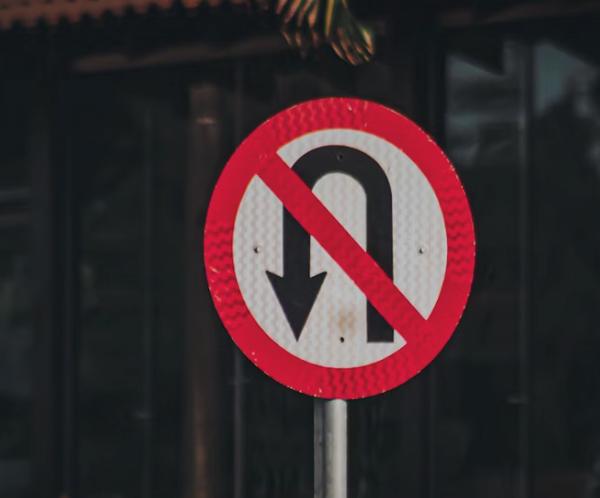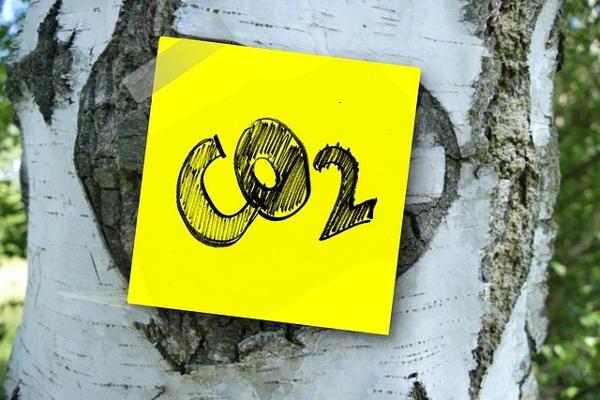The route for LNG traffic through the Red Sea is becoming increasingly uncertain, after Qatar, the biggest user of the route for LNG cargoes in 2023, paused from sending its ships via the Red Sea. During the weekend of 13-14 January, the Middle Eastern producer halted ships that had been heading through the Red Sea towards the Bab al-Mandab strait at the bottom of the sea. Three laden tankers that were heading west to Europe paused to wait by Oman: the Al Ghariya, Al Huwaila and Al Nuaman. One empty vessel returning to Qatar also halted in the Middle of the Red Sea: the Al Rekayyat. The pause in Qatari shipments follows UK and US counter-strikes against Houthi fighters launched on 12 January.
Until the last weekend, most LNG tankers had been avoiding the Red Sea during January. But two of the biggest exporters using the Red Sea to deliver to customers, Qatar and Russia, had been continuing to use the route. The last US tanker to pass through the Red Sea was the Flex Volunteer from the US to Pakistan, which crossed the Suez in late December and through the Bab al-Mandab strait on 3 January. The US had recently been the other big user of the Red Sea route, to deliver cargoes east to Asia. But US cargoes going east to Asia can also head south around Africa without adding more than an extra day or two to their journey. So while it was only US cargoes changing route, the impact was reduced.
Route of US LNG tanker to Asia

Source: ICIS LNG Edge
Qatar could return to using the Red Sea if it decides the route is safe again soon. If Qatar has to avoid the Suez Canal and send cargoes via the Cape of Good Hope, that would double journey times for gas supplies to European customers, including Italy, Belgium and the UK. We calculate it would take some 29 days for Qatar to send a cargo to the Adriatic terminal in Italy journeying around Africa, compared with only 13 days through the Suez Canal, for example.
Route of Qatari LNG tanker to Europe

Source: ICIS LNG Edge
ICIS LNG Edge tracks the movements of LNG ships around the world for our market intelligence customers. We normally see around 30-40 laden LNG tankers crossing through the Red Sea each month.
Qatar is one of the biggest users, to send cargoes to Europe and bring the ballast ships back to load again. Russian-origin cargoes from Yamal LNG also often head south through the Red Sea to deliver to customers in China. The US has also often used the canal to deliver cargoes to Asia, sending cargoes east across the Atlantic, then through the Mediterranean and down through Suez. Routes east from the US to Asia have become more important in recent years as the Panama Canal has grown more congested and suffered from drought reducing water levels.
Number of laden LNG tankers crossing Suez by origin

For Jan 24 figures are for 1-12 January
Source: ICIS LNG Edge
The number of crossings in December was fairly in line with normal. We did see some cargoes avoiding the Suez Canal that month, so the strong figures in December may reflect the fact that there was a greater number of US cargoes heading east to Asia in total, due to strong Asian gas prices and the Panama Canal being busy. In December there was still a variety of cargoes going through the route. For example US cargoes on the Grace Emilia to India, the Energy Innovator to Japan and the Cool Voyager to Bangladesh went through the Bab al-Mandab strait around 24-26 December, as did an Egyptian cargo on the Adam LNG to China.
During January 1-12, 2024 however we have tracked only five laden LNG tankers through the Suez Canal, and all of these were either Qatari or Russian cargoes. At those rates, there might only be around 13 laden cargoes through the Suez across the month as a whole, a big downturn. We can see an increased number of ships now travelling the route south around Africa from the US to Asia.
LNG Vessel traffic in January 2024 and in November 2023
January 2024 November 2023

Green ships have cargoes, red are empty
Source: ICIS LNG Edge
Now that Qatar has paused cargoes, the situation has become increasingly uncertain, and the impact on gas customers could be larger. However, Europe’s spot gas markets were not worried initially. Spot prices at the European TTF gas hub fell on Monday 15 January, with traders pointing to the region’s high gas storage levels and mild winter weather reducing demand. Traders said there was no halt to production of supply, even if there could be some delays. If Qatar resumes shipments soon, the downwards pressure could continue. However, if there were long-lasting disruption to supplies, then in time there could be some more upwards pressure.




















